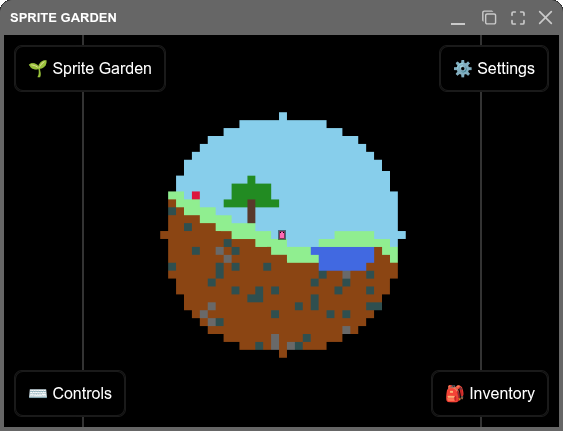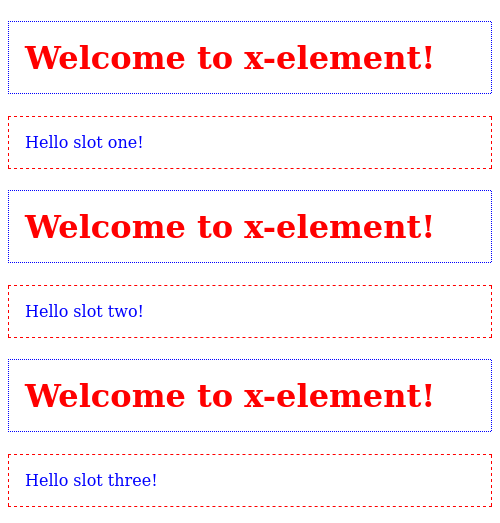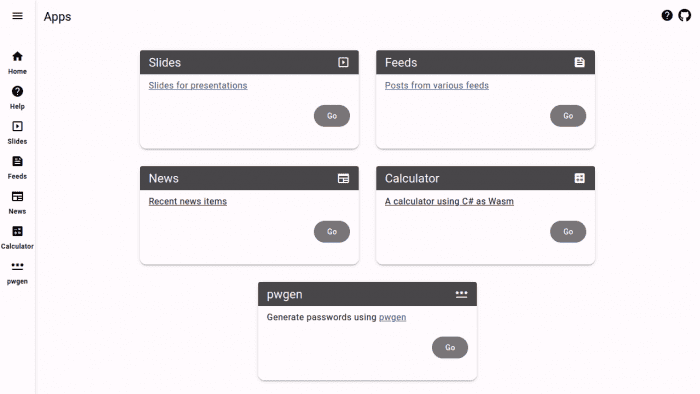Sprite Garden
Sunday, 19 October 2025
I’ve wanted for some time to build a canvas based JavaScript game after checking out things like the breakout game tutorial on MDN or reading and working through early Raspberry Pi project books, but I never felt like I built something I enjoyed. Iterating through the basics and gradually improving on this piece by piece with generative AI however, has brought this from being barely usable to something I’m having fun with.
So what is Sprite Garden? A 2D sandbox exploration and farming progressive web app where players can explore generated worlds within different biomes, dig for resources, or plant a variety crops to grow.
- Procedural World Generation – Each world is unique, generated from a shareable seed
- Multiple Biomes – Explore forests, deserts, tundras, and swamps, each with unique characteristics
- Farming System – Plant and harvest different crop types with various growth cycles
- Resource Mining – Dig for resources like coal, iron, and gold
- Cave Systems – Discover underground caves filled with resources and challenges
- Building – Use collected materials to place blocks and shape the world
- Save & Load – Your progress can be saved on device or as a file to share
The project source is open to reading or contribution and has a foundation on the web platform making it highly modifiable. Drawing with tiles is as easy as using the built in block placement system with collected resources, or by using tools directly with a Map Editor under Settings. This can be made available with the Konami Code bookmarklet or by entering it manually: ↑↑↓↓←→←→ba (or swipe the directions and use tap/tap in place of ba on mobile).



